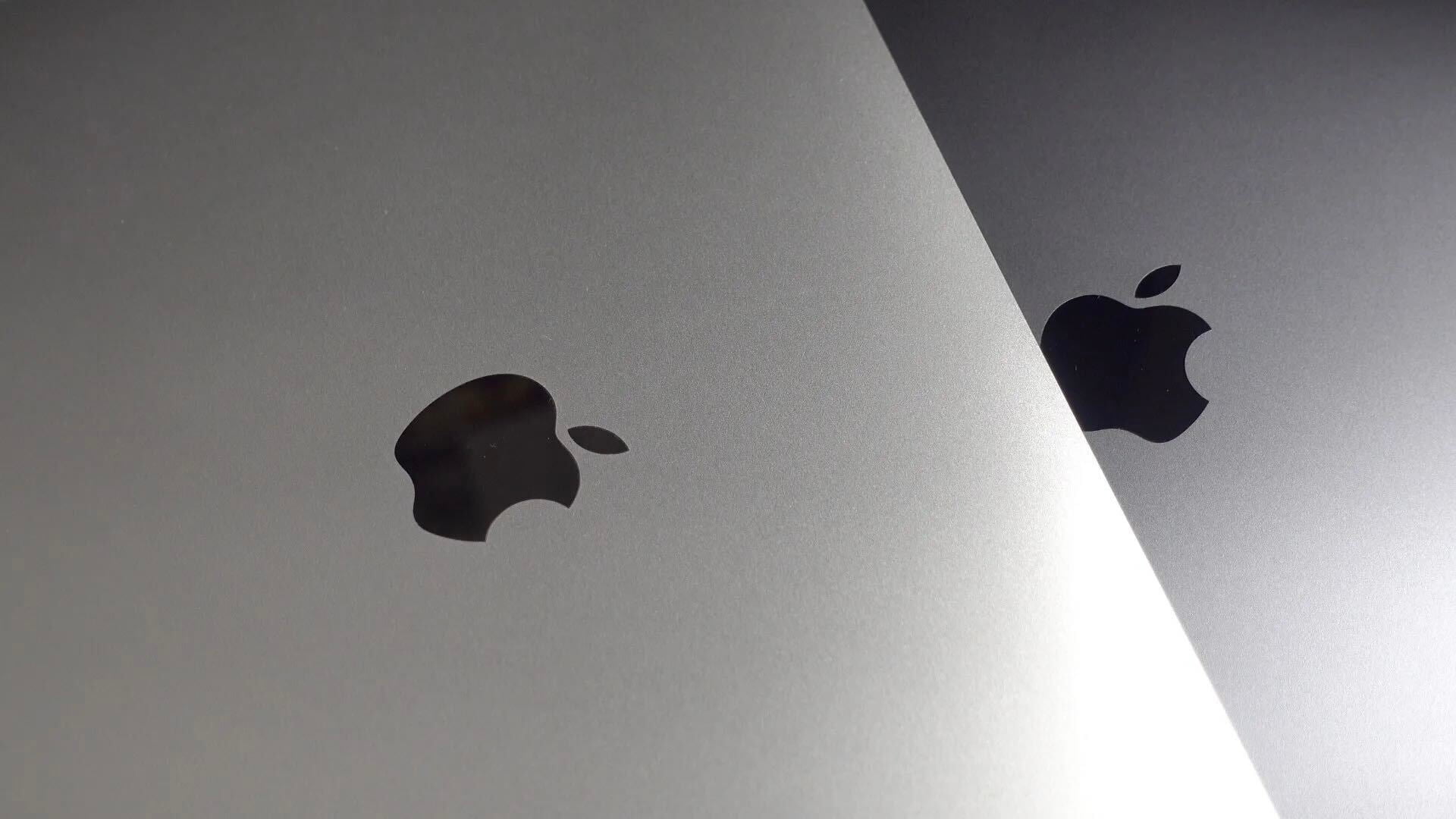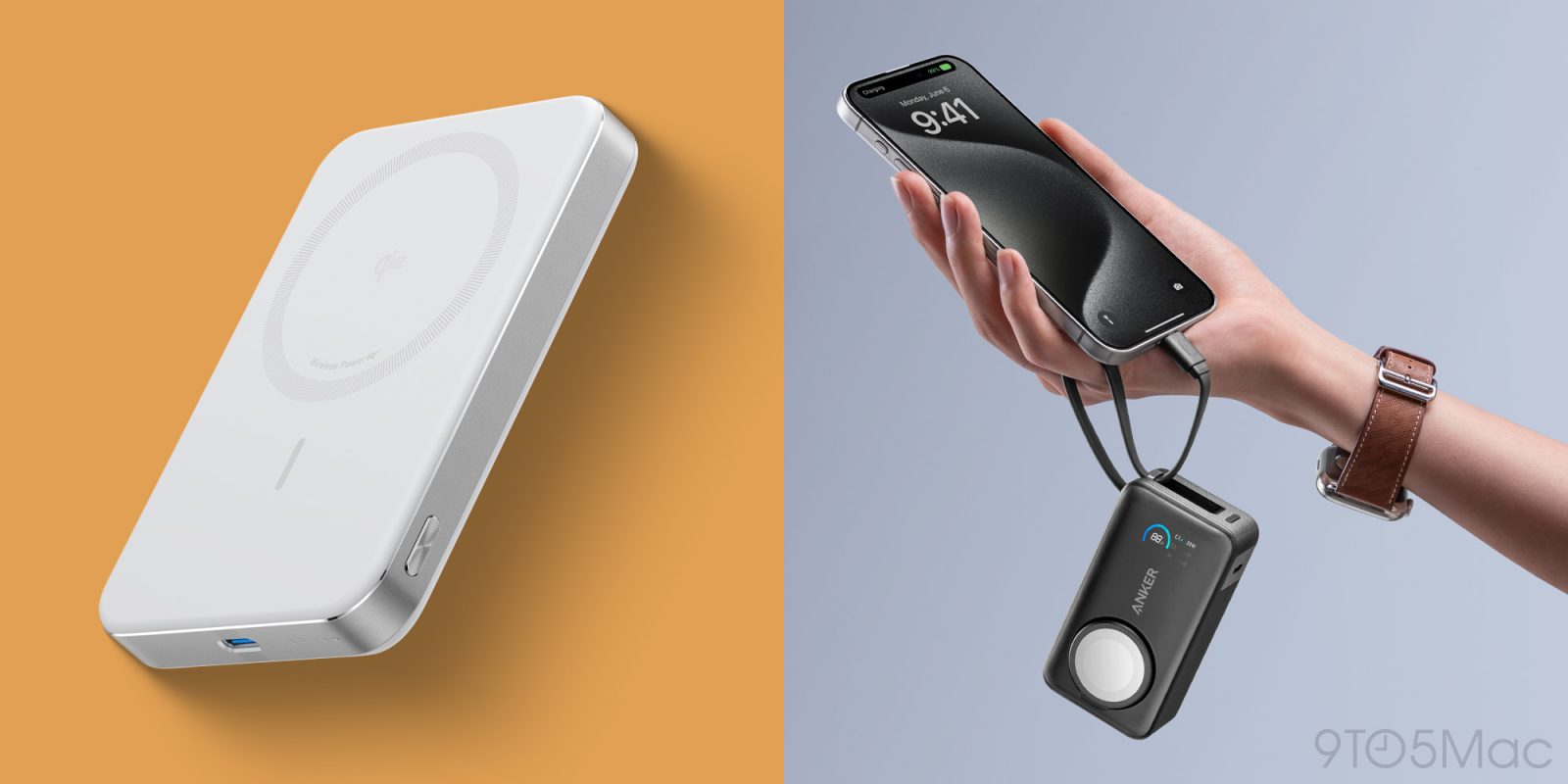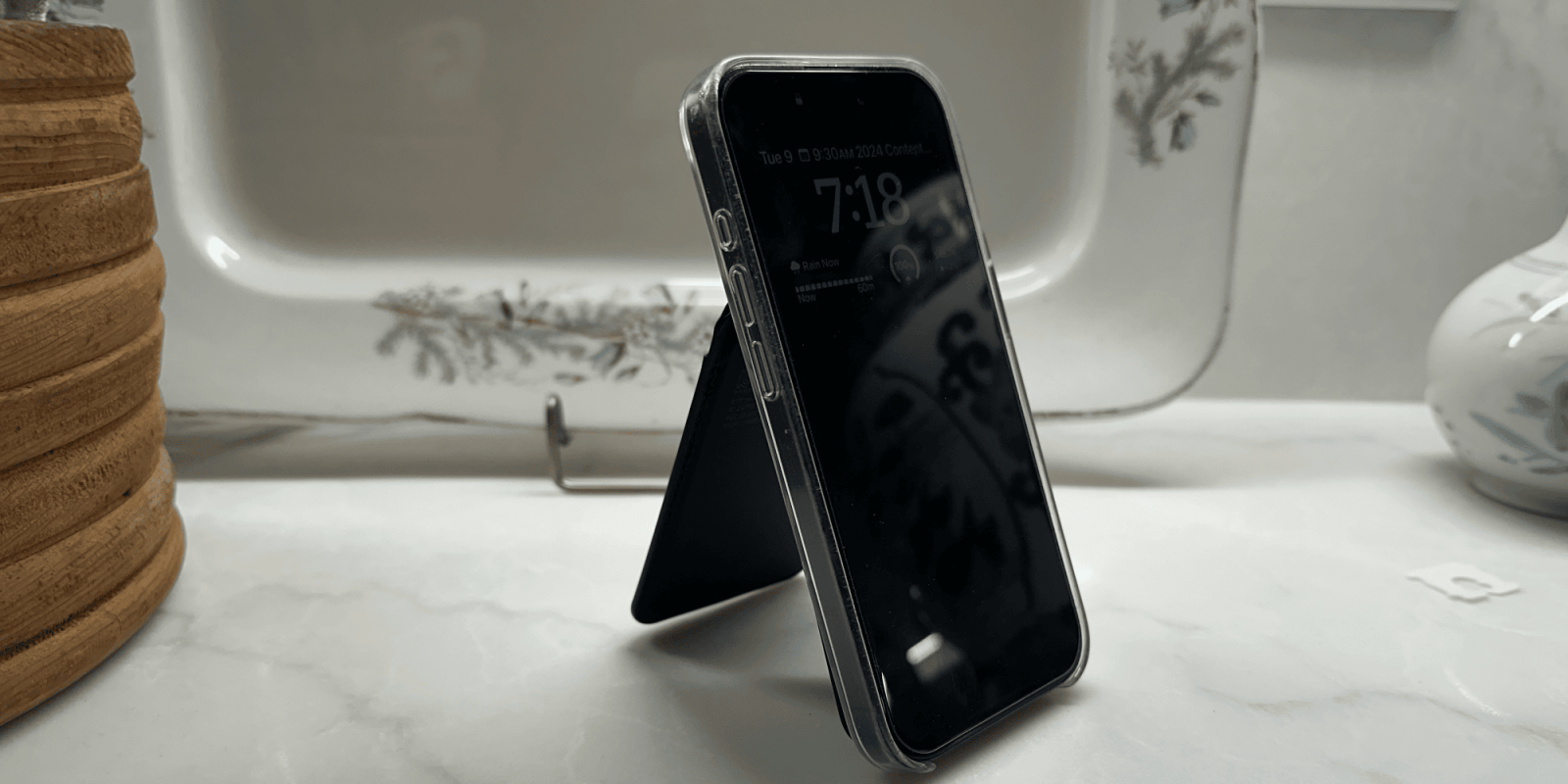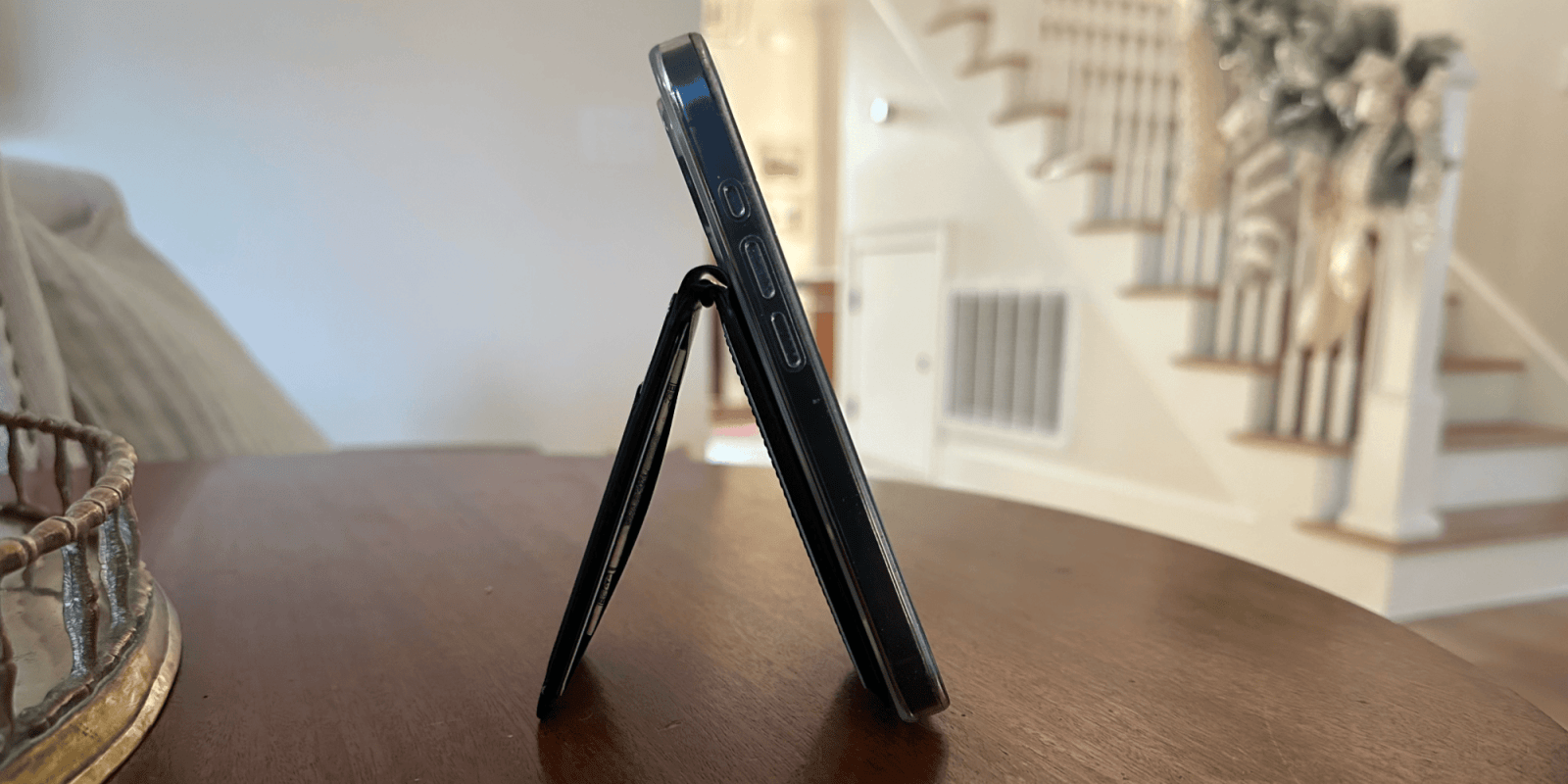MagSafe

MagSafe was originally a method used to attach charging cables to MacBooks, the branding was subsequently re-used by Apple for the magnetically-attached wireless charging system introduced with the iPhone 12.
Table of contents
MagSafe (Mac)
MagSafe was originally Apple’s branding for its own-design method of attaching power cables to MacBooks. It was first introduced with the MacBook Pro in 2006. The design was revised in 2012 to suit thinner laptops, and known as MagSafe 2. An adapter was available to allow newer chargers to work with older Macs.
The idea was two-fold. First, attaching a cable was really easy as you just held it somewhere near the port and it would automatically snap into place.
Second, if someone accidentally walked into the power cable, it would pull free from the MacBook, avoiding accidents where the MacBook would be sent flying off a table onto the ground.
MagSafe became a hugely popular feature of MacBooks, and there was some dismay when Apple abandoned it as part of a redesign which saw a switch to USB-C ports for power. However, it was subsequently found that USB-C cables also pull out if someone catches a cable, and most users now appreciate the ability to charge from either side, as well as from a wide range of power banks.
MagSafe (iPhone)
Apple re-used the term to describe the wireless charging system introduced with the iPhone 12. A ring-shaped pattern of magnets in the iPhone is used to automatically align the phone with a charging pad for optimum efficiency.
The underlying charging system is just Qi, so MagSafe chargers are effectively Qi ones with a ring of magnets, but they also have a chip designed to allow the phone to recognize the charger and allow 15w charging.
Apple’s own MagSafe charger looks and acts like a larger version of the charging puck for the Apple Watch. The magnets are also strong enough to allow MagSafe charging stands where the iPhone ‘floats’ in the air.
A secondary use of MagSafe is to allow accessories to be magnetically attached to the iPhone and/or a compatible case. Apple and other companies offer MagSafe wallets, for example, while third-party brands also offer things like snap-on power banks.
Be careful when buying MagSafe chargers
Care is required when buying MagSafe chargers and power banks, as some ordinary Qi chargers with magnets will describe themselves as ‘MagSafe compatible,’ but do not support the faster charging speed. Always check they state that they offer 15w charging with an iPhone.
Photo by Brandon Romanchuk on Unsplash






















